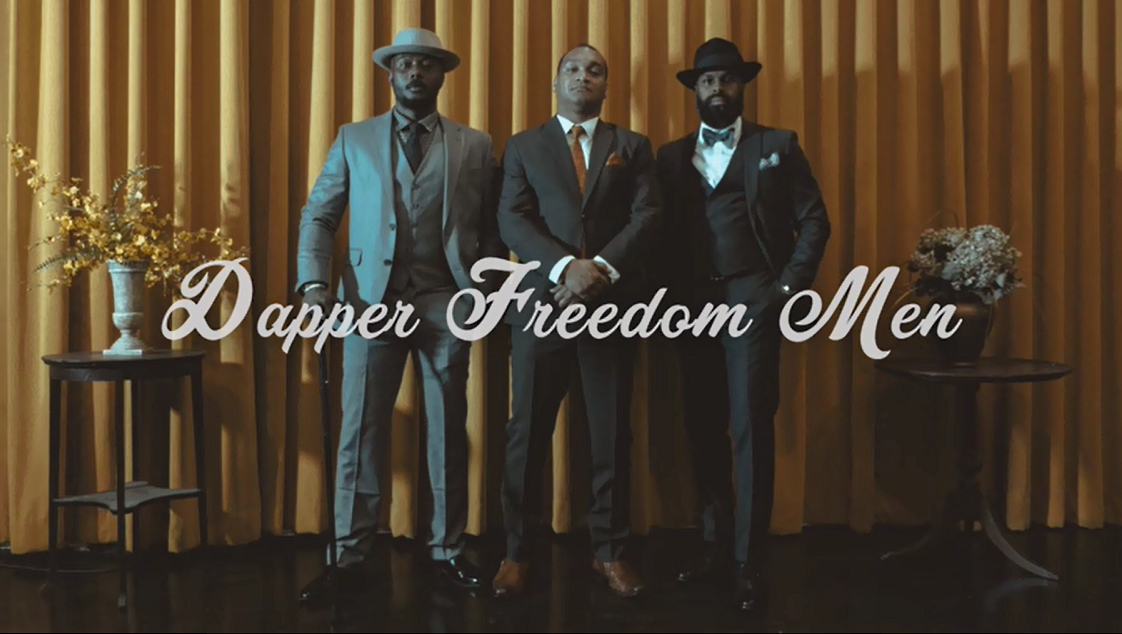Black History month is over, but as Carter G. Woodson said, This is the week set aside by the Association for the Study of Negro Life and History for the purpose of emphasizing what has already been learned about the Negro during the year.” The title of Woodson’s stinging editorial echoed this same sentiment – “No Study and Consequently, No Celebration”. So, let the investment of reading and thinking critically about Black history begin now! We cover Black history year-round, but here’s how AURN celebrated Carter G. Woodson below:
“AURN Presents: Dapper Freedom Men” – a visual exploration of the words of three historic figures through their style of dress. We kicked off the month of February with the Father of Black History Month Carter G. Woodson. He was a man who had an extensive plan to reveal the historical truths of Black people. He studied immensely. Woodson gave us a blueprint to follow and he did it with serious passion and a quiet elegance in style.
The second installment of the “Dapper Freedom Men trilogy included Frederick Douglass. Not knowing his birth date, Douglass along with his wife Ann Murray-Douglass, chose February 14th as the date. The abolitionist, orator, writer and statesman was instrumental in moving the needle towards freedom for Black people and did so through dissemination of his image and biography. Douglass was the most photographed person of any color in the 1800s – a rarity in a time where photographing was not common practice.
The series ends with Marcus Garvey. The Jamaican-born Pan African leader built one of the strongest and most influential movements of Black people in the United States and the globe. He created institutions such as factories, grocery stores, laundry companies, hotels, shipping companies, halls, restaurants a doll factory and more. Garvey’s vision was global, as his aim was to unite unite Black people across the globe. Known for his regalia worn during parades, Garvey used his dapper image to forge his message ahead.
The meeting as the finale. Frederick Douglass, Marcus Garvey and Carter G. Woodson showed us what critical thought and dedication to purpose looked like with style. Each of them intricately designed their visions of freedom for Black people. Their attention to detail as leaders were mirrored in the seams of their pants, cuff link designs, waist buttons, and the textile of their pocket squares. With technology not of their day, we image the men in the same space and time in the final video.




